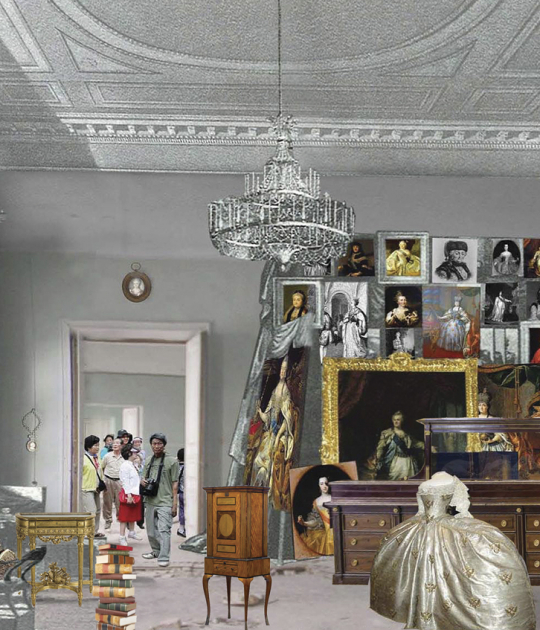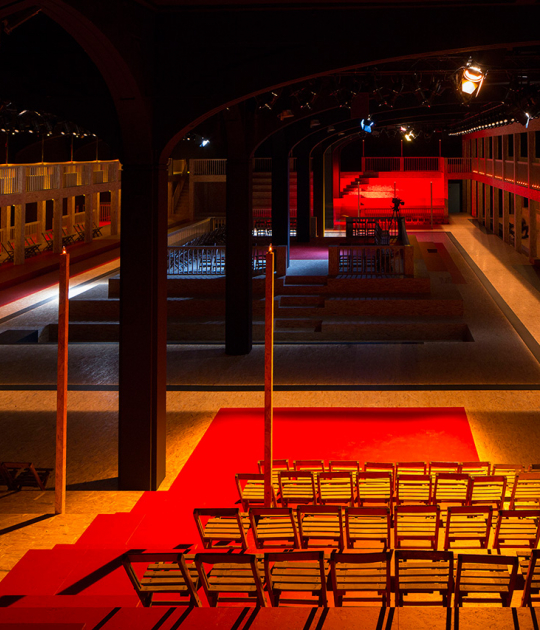The decision follows two years of bickering over the fate of the Fondaco dei Tedeschi, which was bought by the property group of fashion retailer Benetton five years ago. First constructed in 1228, the building has been completely rebuilt twice and was most recently in use as a post office. The building is near the Rialto Bridge on the Grand Canal.
Bruno Zevi commented in one of his books about Frank Lloyd Wright about Masieri Memorial Project, located on the Grand Canal in Venice, the following: "After the death of Masieri, Carlo Scarpa collaborated with American teacher in developing the design project. The academic reaction provoked a strong controversy, to stop built a modern building on the Grand Canal banks, and won the reactionaries, thus adding a further embarrassment to Italian history."
With these harsh words, Zevi reflected a situation that would be repeated with Le Corbusier, a controversy that has always accompanied all new interventions in the city of Venice. Project architect Ippolito Pestellini Laparelli said in this sense: “It’s Venice. There are many architects who didn’t succeed in building anything there, from Le Corbusier to Frank Lloyd Wright,” he said.
The project by OMA has bowed to pressure from conservationists and made some significant changes to the original plans. A retractable escalator has been moved from the main atrium, and the roof terrace will now sit above the building, negating the need to demolish part of the roof. “The most visible interventions have changed but the rest stays the same,” said Pestellini. “It will not be a conventional department store but will be an extra venue for the city,” said Pestellini.
OMA will also be involved in programming the 10,000sq m building. Events such as the art and architecture biennales and the film festival are likely to spill inside, he said. And local arts and crafts producers will be given space alongside international brands.
The controversy, however, not without demagoguery by some, was set against the backdrop of international criticism of Venice’s decision to allow large advertising hoardings to be hung off palazzi to pay for heritage protection.





![Fondaco dei Tedeschi, Venice [13 May 2012]. Photograph © Didier Descouens. Fondaco dei Tedeschi, Venice [13 May 2012]. Photograph © Didier Descouens.](/sites/default/files/styles/mopis_news_carousel_item_desktop/public/ml_oma_venecia_09_1024.jpg?itok=Ac_iX2Fp)





















